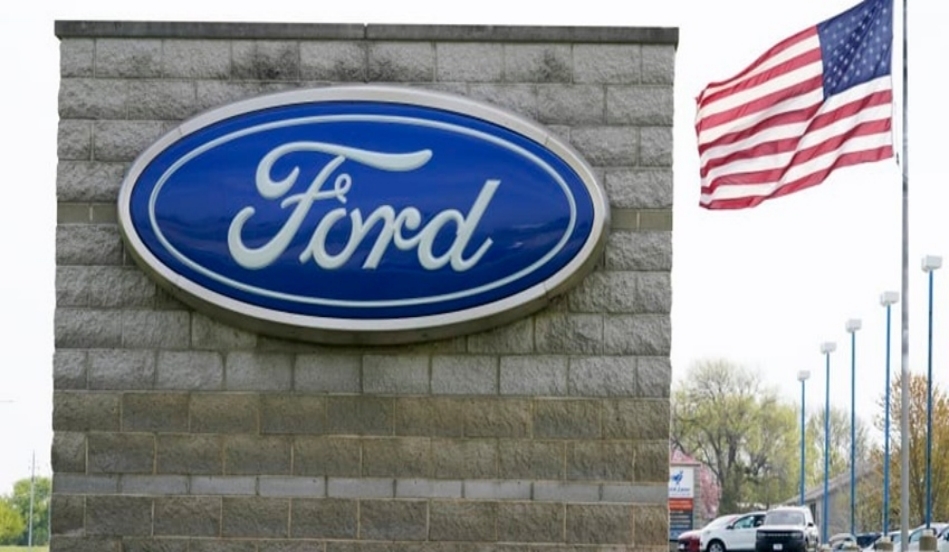
On June 19th, it was reported that according to the National Highway Traffic Safety Administration (NHTSA) of the United States and several media outlets (including Reuters, CNN Business, etc.), Ford Motor Company launched a large-scale recall campaign in the United States, involving more than 330,000 vehicles, exposing its systematic shortcomings in the research and development of key automotive safety technologies and quality control. The multiple security issues involved this time not only reflect the design flaws of the product, but also highlight the lag in testing and verification, risk early warning and the integrated engineering capabilities of software and hardware.
Firstly, the issue with the seat structure indicates that Ford lacks sufficient dynamic environmental reliability tests in the design of the occupant protection system. The second-row outer seat switch of the Aviator and Explorer models from 2020 to 2025 is prone to getting stuck, indicating that this structure has not undergone sufficient long-term mechanical wear and extreme climate condition simulation tests. This functional defect directly leads to the possibility that the seat may accidentally fold or slide during vehicle operation, clearly lacking fault-tolerant design for use in scenarios involving children and elderly passengers. Modern car manufacturers usually should introduce higher-level mechanical locking structures or sensor feedback systems for redundant control in seat safety mechanisms, but Ford apparently failed to effectively adopt multiple fault isolation mechanisms in such models.
Secondly, the malfunction of the child safety lock function exposed in the 2025 Bronco four-door vehicle reflects that Ford has serious loopholes in the integration test of the door electronic Control system (Body Control Module). When the child lock is activated, the left rear door can still be opened inside the vehicle, indicating that this function lacks a closed-loop verification mechanism in the interaction between the software and the mechanical actuator. The failure of this type of control logic essentially stems from the fact that the embedded control strategy fails to form effective state monitoring and verification, and there is a systematic technical defect that the functional logic has not formed effective regression testing at the front end of manufacturing and factory release. Such errors will still occur on a large scale in 2025, reflecting the insufficient stability and functional safety level of Ford's electronic control architecture.
Furthermore, the braking system failure problem existing in the F series heavy-duty trucks (F-250 to F-550) is extremely serious. Such failures should not occur on commercial platforms for high-load and professional purposes, indicating that Ford has not established the necessary risk models in the redundant design of braking systems and the failure prediction of key components. Modern vehicles, especially heavy-duty platforms, usually introduce the dynamic coordination mechanism of electronic booster braking (E-Booster) and ESC systems in the braking system to reduce the single-point risk of critical failures. If the braking function fails due to defects in the electronic control module or hydraulic components, it indicates that during the design stage, sufficient simulation and aging assessment were not conducted on variables such as overload, frequent start-stop, and high-temperature environment in actual working conditions. It also shows that there is a lack of an effective Failure Mode Analysis (FMEA) process in the component supply chain.
Overall, the problems exposed by Ford's recall this time share commonalities, namely, insufficient system integration and functional verification capabilities. On the surface, it seems to be a defect in a single component, but in essence, it is a technical weakness in the vehicle's engineering capabilities. Facing increasingly complex in-vehicle electronic architectures and multi-modal control requirements, traditional manufacturing enterprises such as Ford have failed to establish forward-looking technological evolution mechanisms in aspects such as platform-based development processes, hardware closed-loop control capabilities, and functional safety hierarchical response. Furthermore, the logical coupling control among the on-board software, sensor system and body actuators still remains in the old paradigm mainly based on mechanical components, failing to achieve the decoupling of software and hardware and the isolation of modular risks.
At present, Ford has not yet announced the technical plan and timetable for the recall and repair, which also indicates that there are still serious deficiencies in its response mechanism and technical organization and coordination capabilities in the subsequent stages of problem identification. Looking to the future, if enterprises fail to make substantive investments in reliability engineering, system functional safety (ISO 26262), software-defined architecture, etc., their products will continuously expose fundamental technical flaws and it will be difficult for them to build effective competitiveness in the transformation of automation and electrification. This recall is not merely a product issue; it is a concentrated manifestation of the aging of its core technology system.

The office of the President of South Korea has fully initiated the relocation work, moving the office equipment of all departments from the current Yongsan Presidential Office to the former Presidential office, the Blue House.
The office of the President of South Korea has fully initia…
Israeli officials announced that Israel will reopen the bor…
US President Trump said that Russia has gained a stronger m…
The latest report from the United Nations Conference on Tra…
The UK Ministry of Defence said on Tuesday (December 9) tha…
In early December, US stocks staged their most dramatic int…